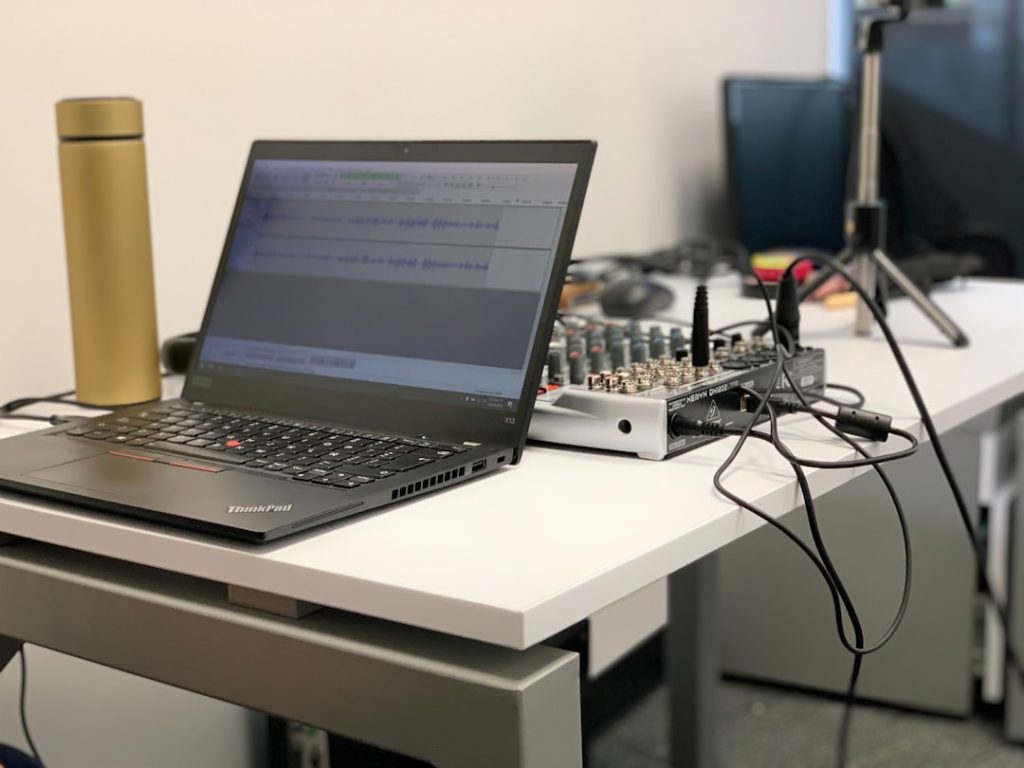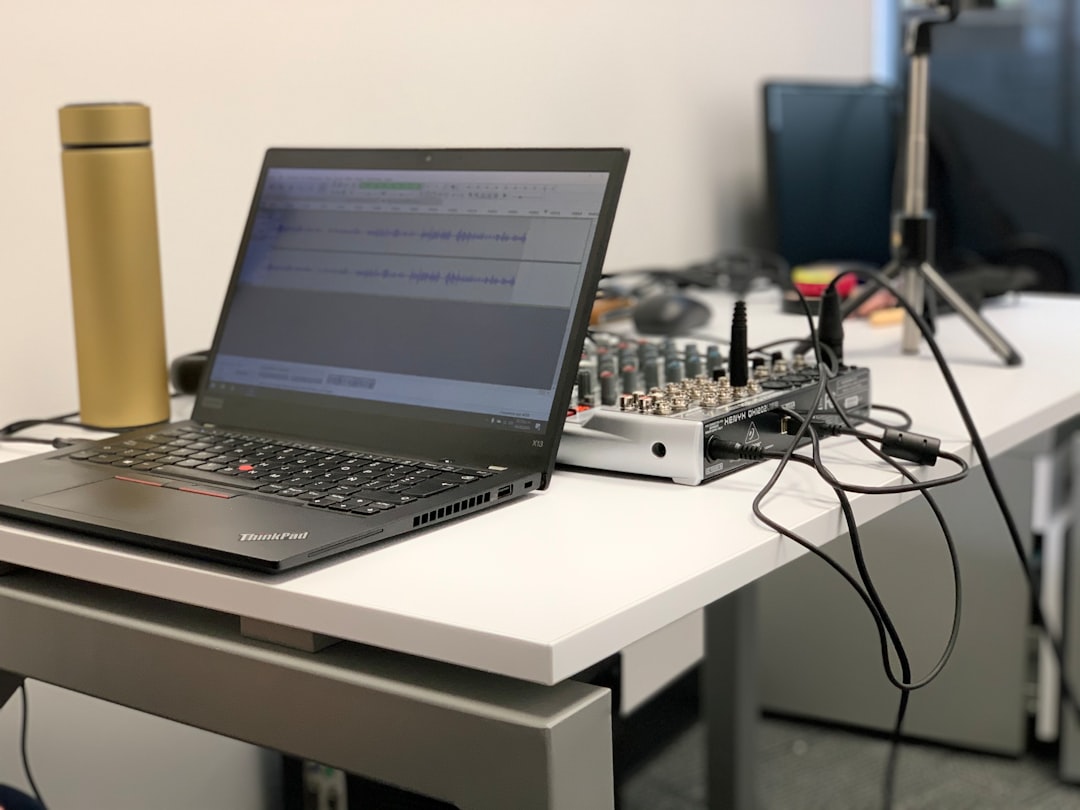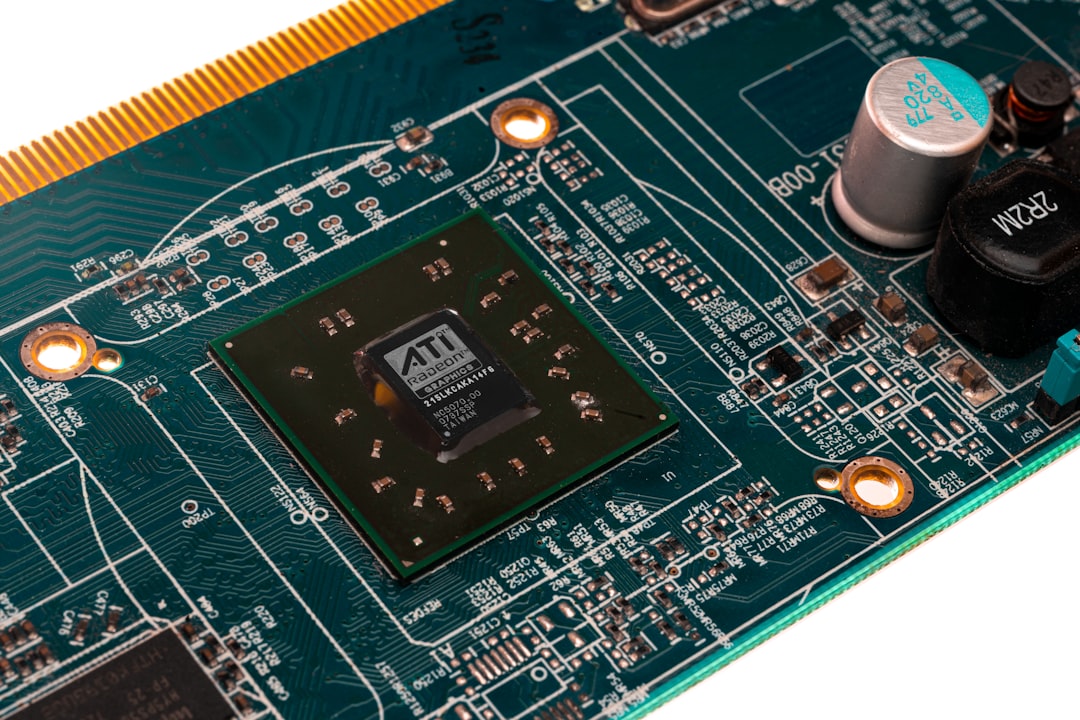Audio Not Working After Installing a New CPU? Fix It Fast

You just swapped out your CPU for a new one. You’re excited, everything seems to be running faster, apps are snappier—but wait… where’s the sound?! Before you yell at your speakers or blame your cat for chewing wires, let’s walk through why your audio might’ve vanished and how you can fix it—fast.
TL;DR:
If your audio stopped working after installing a new CPU, don’t panic. It’s often a settings issue, driver glitch, or BIOS hiccup. Quick fixes include checking the sound output settings, reinstalling your sound drivers, or tweaking BIOS options. It’s usually something simple and doesn’t mean your hardware is broken.
Why does changing a CPU mess with sound?
It sounds weird, right? Swapping a CPU shouldn’t affect your speakers. But modern PCs are full of tiny details that all need to work together. Sometimes when the CPU is changed, the system resets a few settings. That can affect your audio output.
Also, motherboard firmware updates or hardware changes during the install can introduce weird side effects. Things that “shouldn’t” happen, just do.
Let’s fix that silent system!
1. Check your cables and speakers first
- It seems basic, but double-check that your speakers or headphones are plugged in right.
- Try plugging them into another device to make sure they’re working.
- Make sure your external speakers are powered ON and the volume is up.
Still no sound? Let’s dig deeper.
2. Set your default audio device
When you install new hardware, Windows sometimes forgets where to send the sound.
- Right-click the sound icon on the taskbar.
- Choose “Open Sound settings.”
- Scroll to “Output” and make sure the correct device is selected—like “Speakers (Realtek)” or whatever brand is yours.
Try clicking “Test” next to the device to see if any sound plays.

3. Update or reinstall your sound drivers
Your new CPU might have confused Windows into thinking you’re using a different audio device.
Let’s fix it:
- Press Windows + X and choose Device Manager.
- Expand the “Sound, video and game controllers” section.
- Right-click your sound device and choose Update driver.
- Choose “Search automatically for drivers.”
If this doesn’t work, try uninstalling the device and restarting your PC. Windows will usually reinstall it automatically.
4. Switch between onboard and GPU audio
If you installed a powerful CPU, there’s a chance you also updated or adjusted your GPU or BIOS settings. Some GPUs, especially from NVIDIA or AMD, come with built-in audio output. That can mess things up.
Try this:
- Connect your monitor’s audio (HDMI or DisplayPort) if using output from GPU.
- Otherwise, make sure the motherboard’s onboard audio is selected as default in the sound settings.
Don’t have sound through HDMI or DisplayPort? You might need to install your GPU’s HD audio driver (like NVIDIA HD Audio).
5. Check your BIOS settings
When you installed your CPU, your BIOS may have reset or been updated. That can disable onboard audio.
Here’s how to check:
- Restart your PC and enter BIOS (usually by pressing Delete or F2 at startup).
- Look for sections like “Integrated Peripherals” or “Advanced”.
- Find the option for “Onboard Audio” and ensure it’s enabled.
- Save and exit BIOS.
If it was off, turning it on could bring your sound back to life.
6. Try the Windows Troubleshooter
Sometimes the built-in fixers actually work!
- Go to Settings → System → Sound.
- Under “Output device,” click Troubleshoot.
Let Windows scan for common problems and follow its suggestions.
7. Update your chipset drivers
The new CPU might mean you need an updated set of chipset drivers from your motherboard manufacturer’s website.
This can affect how your system communicates with audio and other hardware. It’s often overlooked, but totally worth trying!

8. Windows might need a nudge
Rarely, Windows gets confused and doesn’t detect new hardware correctly. In that case:
- Check for Windows Updates under Settings → Update & Security.
- If updates are available, install them and reboot.
- This might force a driver refresh or fix system bugs affecting audio.
When nothing else works…
If you’ve checked everything and the audio still refuses to work, it may be time to do two last things:
1. Check for hardware damage
During the CPU install, did anything get bumped or damaged? Did you forget to plug in the front audio panel or CPU power correctly? Open up your case (with the power off!) and recheck your connections.
2. Try a USB sound card or DAC
If your system’s onboard sound seems truly broken, an external USB sound card is an affordable fix. Just plug it in, and you’re back to music and gaming. Bonus: some even sound better than built-in audio!
Don’t be scared of the silence!
The quiet after a CPU install may seem scary, but it’s usually easy to fix. Most of the time, it’s just a setting gone rogue or a driver that needs a refresh.
So take a deep breath, follow the steps above, and your speakers will be singing again in no time.
And hey, if all else fails, there’s always tech forums—or your friend who “builds gaming rigs” for fun. 😉
Happy fixing, and may your frames be fast and your audio flawless!
